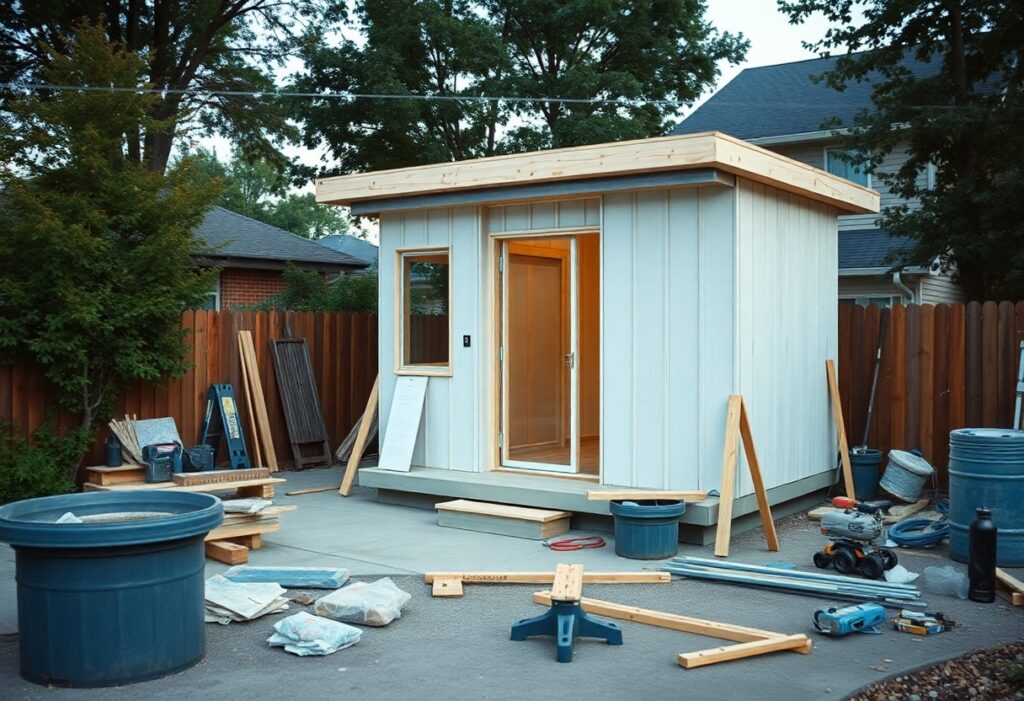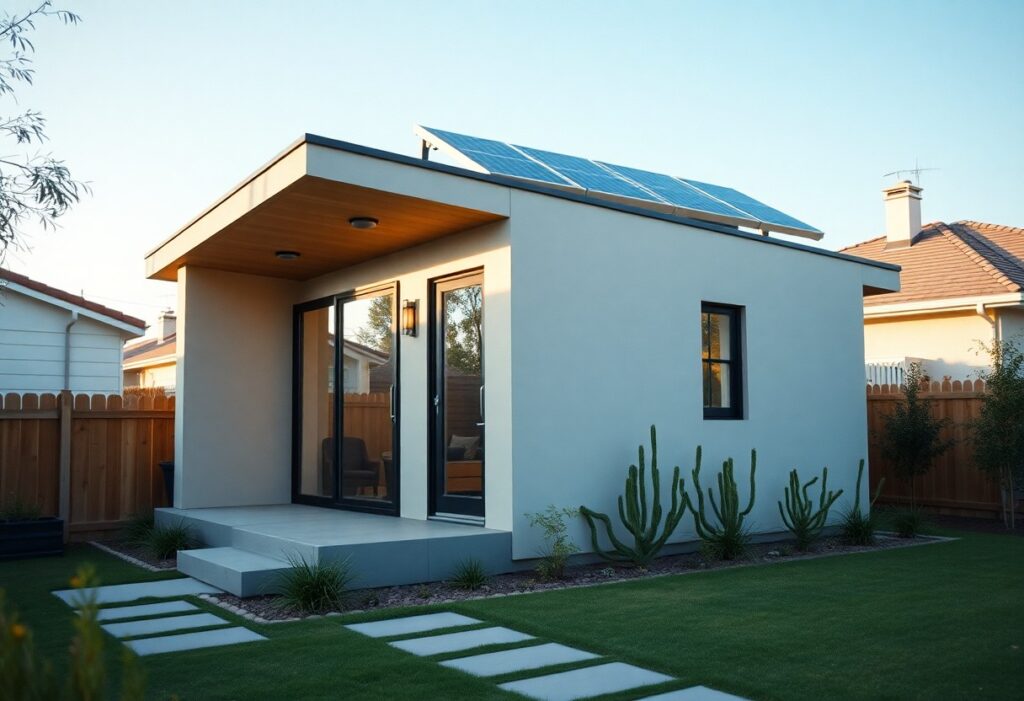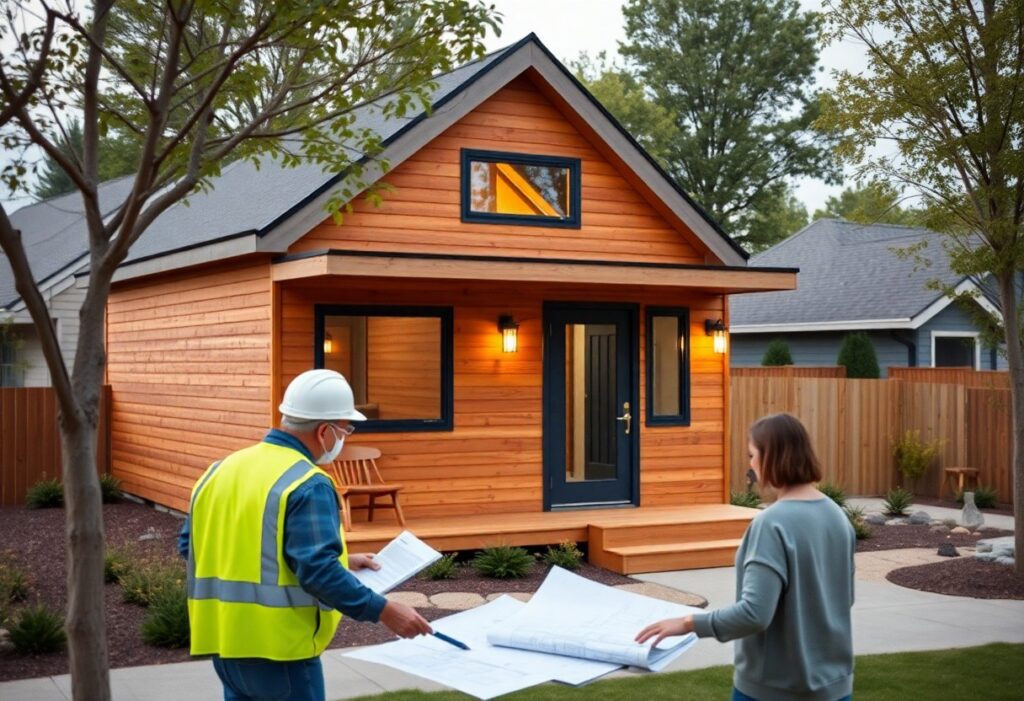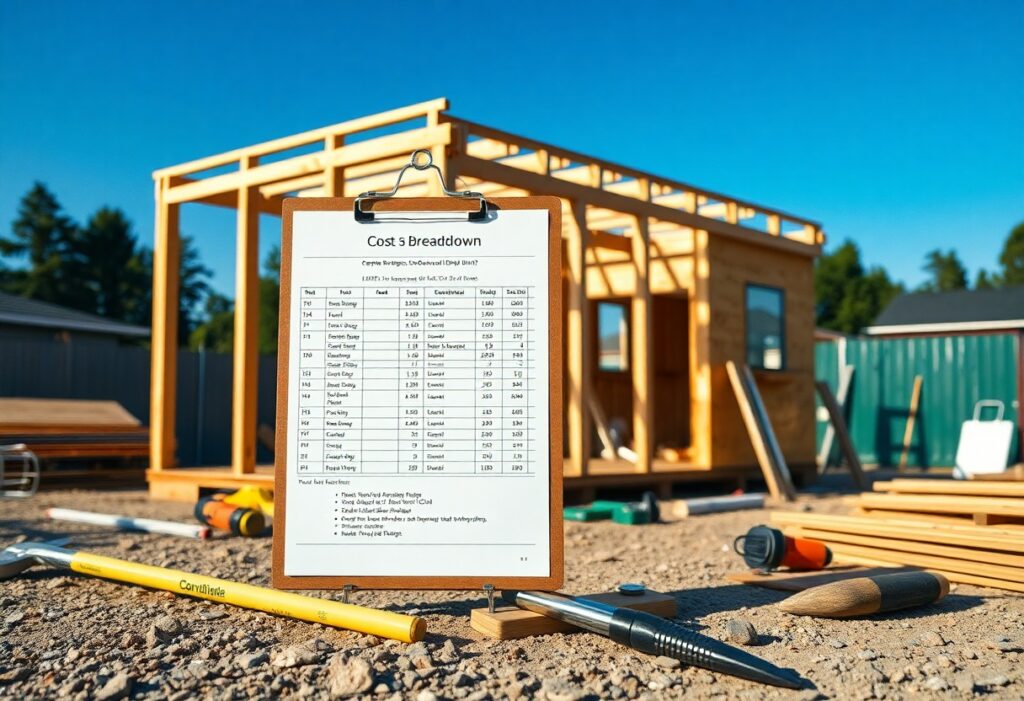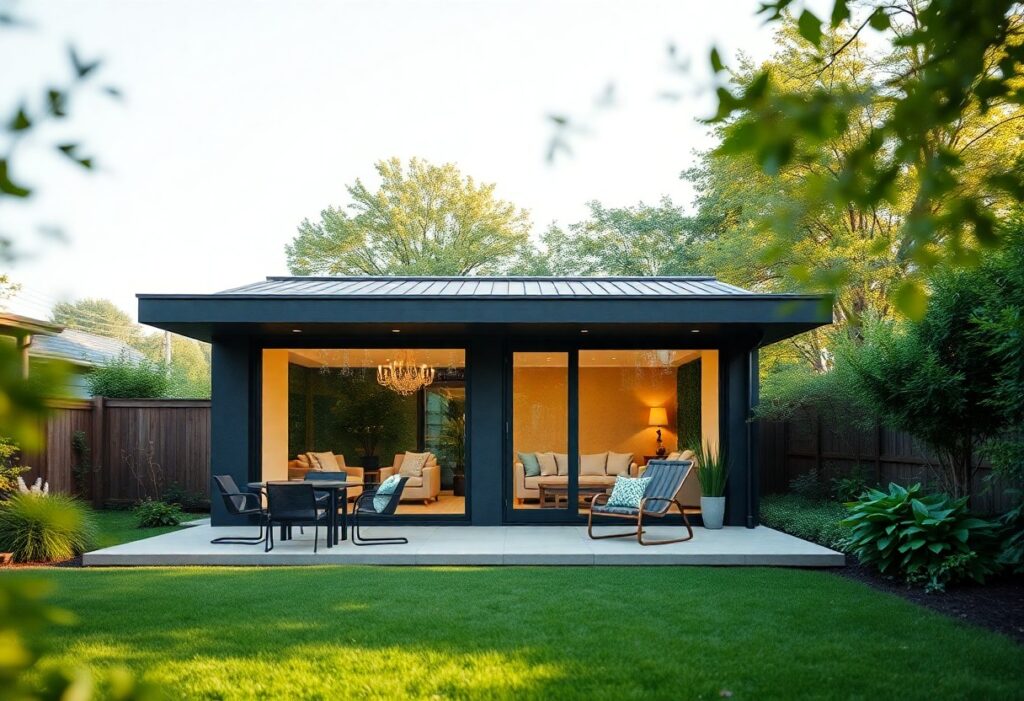Navigating the ADU Permit Process is a no-brainer if you have the right experienced General Contractor. Constructing an Accessory Dwelling Unit (ADU) is a fantastic way to increase property value, generate rental income, and create flexible living spaces for family or tenants. However, before breaking ground, navigating the ADU permitting process is a crucial step. This process can be complex and time-consuming, but with the right guidance, you can ensure your ADU project progresses smoothly and stays compliant with local regulations.
This guide covers everything you need to know about the ADU permitting process in California, from initial planning to receiving your certificate of occupancy.
Why Permits Are Essential for ADUs
Permits ensure that your ADU complies with local building codes, zoning laws, and safety standards. They protect you from potential legal issues and costly fines while ensuring the structural integrity of your project. Working with experienced professionals like The ADU Pro can help you navigate this critical step with ease.
Key Steps in the ADU Permitting Process
1. Preliminary Research and Planning
The first step in the ADU permitting process is to research local zoning regulations and determine the feasibility of adding an ADU to your property. Key considerations include:
- Zoning Laws: Verify that your property is located in a zone that allows ADUs.
- Size Restrictions: Understand maximum square footage allowances for your ADU based on your lot size.
- Setback Requirements: Determine how far your ADU must be from property lines, fences, or other structures.
Many cities in California have adopted statewide ADU regulations, but there can still be local variations. Contact your city’s planning department for specific guidelines.
2. Site Assessment and Design Planning
Once you’ve confirmed your property is eligible for an ADU, the next step is to plan your design.
- Site Plan: Create a detailed map showing where your ADU will be located in relation to the primary residence and other property features.
- Architectural Drawings: These should include floor plans, elevations, and other structural details.
Pro Tip: Work with a professional ADU contractor or architect who specializes in small spaces to optimize your design for functionality and aesthetics.
3. Submit Permit Applications
The permitting process typically requires submitting applications to your city or county’s planning and building department.
- Building Permit: Ensures your ADU complies with construction standards.
- Planning Permit: Verifies that your ADU aligns with zoning and land-use regulations.
- Utility Connections: If new water, gas, or electrical connections are needed, these may require additional permits.
Each permit application will require detailed documentation, including your site plan, architectural drawings, and engineering reports.
4. Plan Review and Approval
During this stage, city officials review your submitted plans for compliance. This step may involve:
- Zoning Review: Ensures the ADU adheres to local zoning laws.
- Code Compliance Check: Verifies that the design meets building code standards, including fire safety and accessibility.
- Environmental Review: Some jurisdictions may require environmental impact assessments.
Timeline: The review process typically takes 4–12 weeks, depending on your city. Be prepared to make revisions if your plans don’t meet all requirements.
5. Permit Issuance
Once your plans are approved, you’ll receive your permits. This is the green light to start construction. At this stage, you’ll also pay any remaining fees, which can include:
- Building permit fees
- School district impact fees
- Utility connection fees
For ADUs under 750 sq. ft., California law prohibits cities from charging impact fees, making smaller units a cost-effective choice.
6. Construction and Inspections
With your permits in hand, construction can begin. During this phase, you’ll need to schedule inspections at key milestones, such as:
- Foundation pouring
- Framing
- Electrical and plumbing installations
Each inspection ensures that the work complies with approved plans and building codes.
7. Final Inspection and Certificate of Occupancy
After construction is complete, schedule a final inspection with your local building department. Once your ADU passes the final inspection, you’ll receive a Certificate of Occupancy, officially allowing your ADU to be inhabited.
Common Challenges in the ADU Permitting Process
1. Incomplete Applications
Missing or inaccurate information can delay the approval process. Double-check your application and include all required documents.
2. Non-Compliance with Local Codes
Each city has unique requirements. Failing to meet them can result in costly revisions or project delays.
3. High Permit Fees
Some cities charge higher fees than others. Work with professionals who can help you budget accurately.
4. Utility Connections
Connecting utilities to your ADU can be more complex than anticipated. Consult with experienced contractors to streamline this process.
How The ADU Pro Simplifies the Process
At The ADU Pro, we specialize in making the permitting process hassle-free for homeowners. Our services include:
- Expert Guidance: We’ll help you understand local regulations and prepare your application.
- Design and Planning: Our architects and engineers create plans that maximize your property’s potential.
- Permit Management: We handle all communication with city officials and ensure your plans are approved quickly.
- Construction Services: From breaking ground to the final inspection, we’ll oversee every aspect of your project.
Why Choose The ADU Pro?
Client Reviews Speak for Themselves:
⭐️⭐️⭐️⭐️⭐️
“The ADU Pro team made what seemed like an overwhelming process so simple. We couldn’t be happier with the results!”
– Sarah T., San Diego
⭐️⭐️⭐️⭐️⭐️
“From the design phase to obtaining permits, The ADU Pro handled everything seamlessly. Highly recommend!”
– Mark R., Los Angeles
Ready to Start Your ADU Project?
Building an ADU is a significant investment, but the rewards are well worth it. With proper planning and the right team, you can navigate the permitting process smoothly and bring your vision to life.
📞 Call us at (877) 398-8002
🌐 Visit us at www.theadupro.com
Contact The ADU Pro today to turn your property into a thriving investment!
If you would like more information, call or text (877) 398-8002 or Click here for more information
Looking to find help financing your ADU? Click Here

www.primarymortgageresource.com
Legal Requirements for an ADU in Southern California’s Top Cities
Understanding California’s 2025 ADU Laws: Insights from an Experienced ADU Contractor



